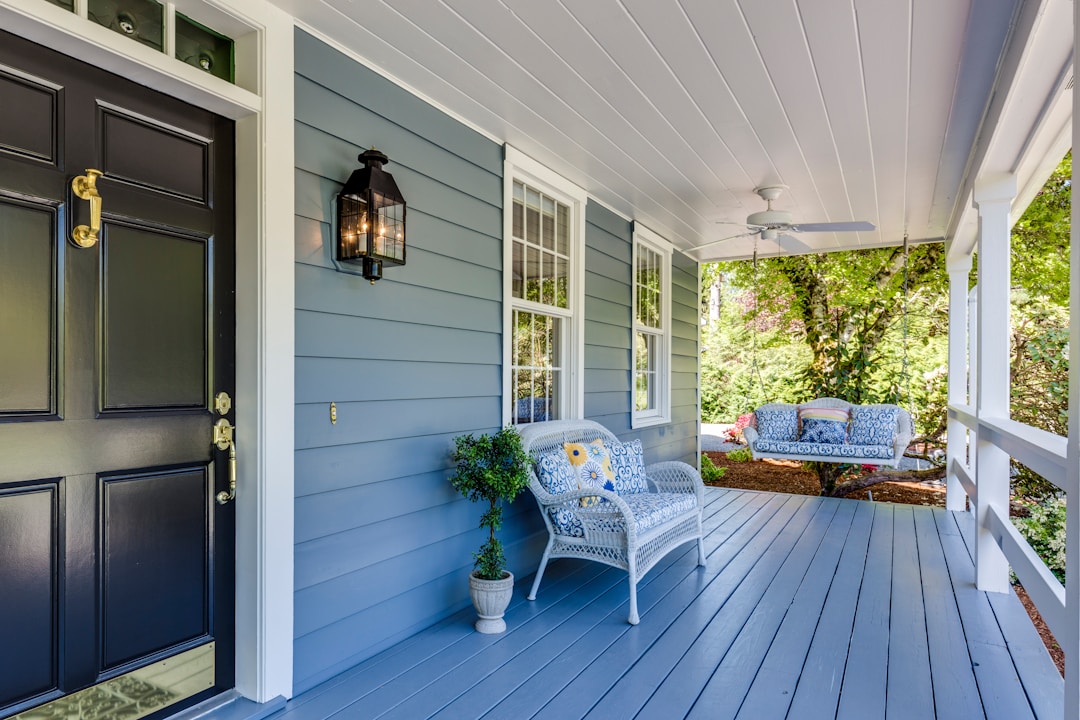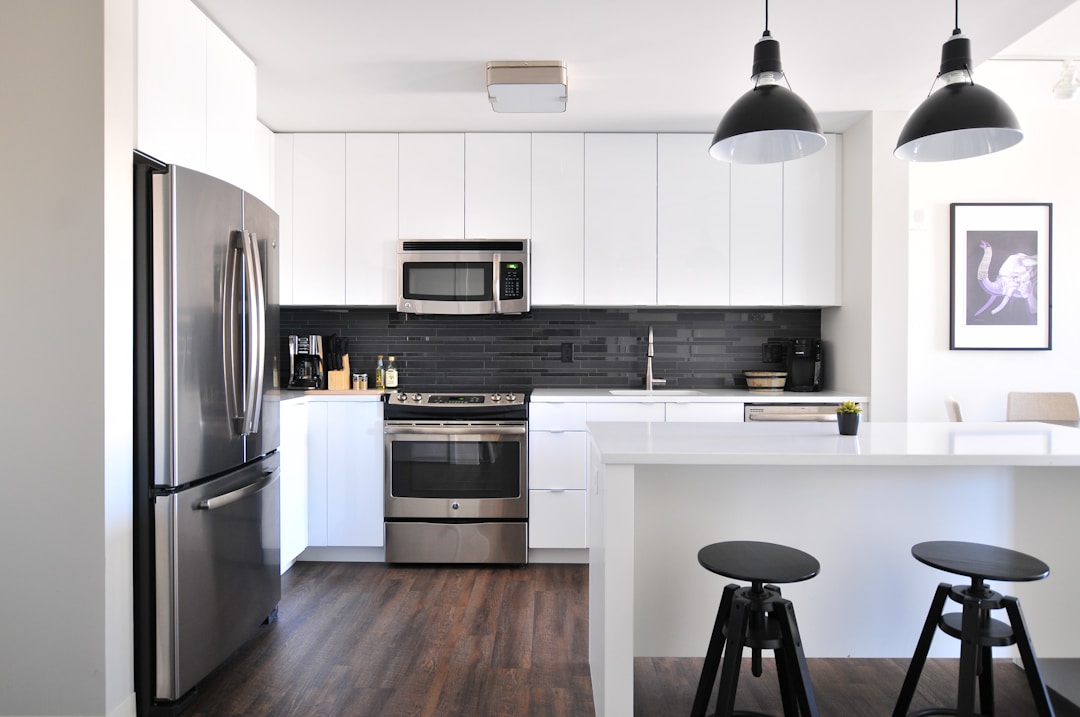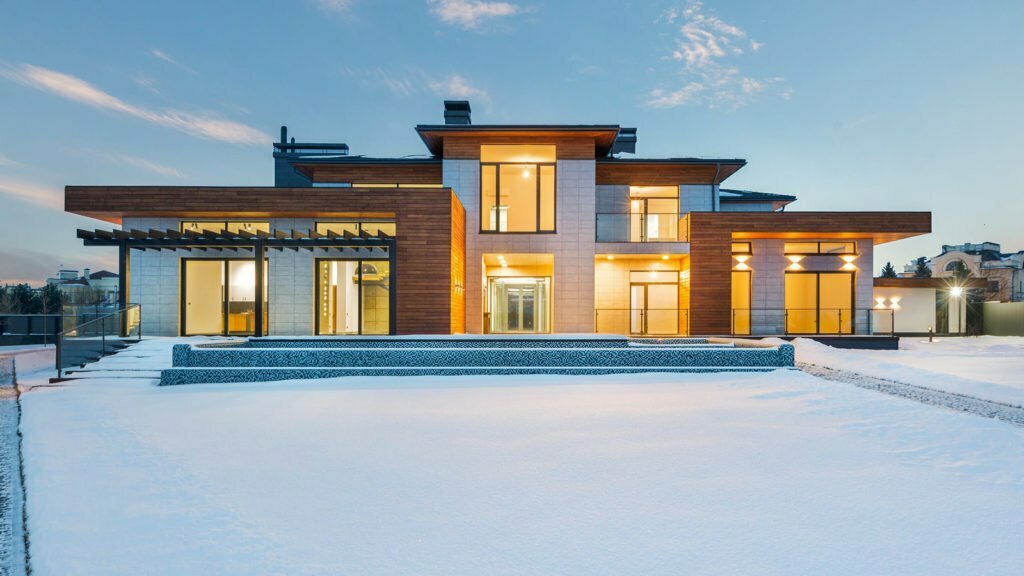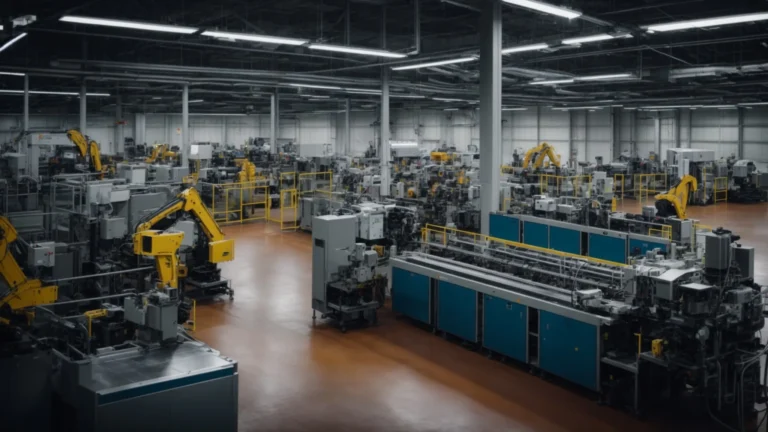Whether you’re an experienced homeowner or just now purchasing your first home, moving into a new living space can be an exciting time. As any contractor will tell you, however, there are some important aspects of owning a new home that you should keep in mind. Safety, property value, and the overall investment of proper upkeep are all tied together in your ongoing homeowner responsibilities.
There is no better time to consider the most important elements of homeownership than when your new home is almost ready for you to move in. Here, we will look at four important things to keep in mind before your big move into your new home.
1. Curb Appeal as an Investment

Selling the new home that you’re currently building may be the furthest thing from your mind. However, it’s never a bad idea to consider the future. In fact, even if you plan on living in this new house for decades, it’s realistic to imagine that one day you may put it on the real estate market. With that in mind, it’s a good idea to regard elements of “curb appeal” to be investments towards your home’s long-term beauty and marketability. As all home builder experts will tell you, curb appeal is a genuine investment for the future profits. So, when the time comes for a new coat of paint, be sure to get it done. Additionally, if one day your driveway needs refreshing, stay on top of it’s integrity and don’t shy away from getting the needed repairs. As a basic rule of thumb, try and remember that responsible homeownership includes numerous ongoing tasks.
Likewise, as your current builder may agree, keeping your new home looking as “new” as possible is is always a great goal. Any potential homebuyers in the future will want to imagine that even an older home has been built just for them, and it’s your responsibility to keep your house looking “like new” to suit their needs.
2. Future Buyers and Your Amenities
When you first move into your new dream home, this may be the closest that the standing structure resembles a model home. Right now, the interior and exterior paint, flooring, and amenities are all brand new. By keeping both your own investment and enjoyment in mind, try and steer your contractor towards installing only the most modern pieces of equipment that your budget allows. This is a worthwhile strategy for a few reasons.
For example, the most modern appliances, air systems, and other important household utilities are designed for better energy efficiency. Additionally, modern technology tends to provide the longest overall lifespan, which means less upkeep and fewer maintenance repairs. When it comes to responsible homebuying, remain hands-on in the selection of your HVAC system, plumbing, and other infrastructural necessities. After all, you’re the one who has to live with the final result!
3. Energy Efficiency and Financial Savings
As noted above, energy efficiency has become a major factor when it comes to initial new home designs. There are two main reasons for this recent trend: energy efficiency is better for the environment and, of equal importance to homeowners on a tight monthly budget, it’s better for keeping utility costs low. Choosing the latest the latest technologies in energy efficiency can lead to major financial savings. If you’re unsure which appliances are best for lower energy consumption, be sure to look for Energy Star approval.
4. Kitchens, Bathrooms, and High Volume Rooms

Finally, it’s important for new homeowners to recognize which areas of their new home are destined to receive the most amount of use. Your family members may spend ample time in their bedrooms and common areas like the living room or furnished basement, but visitors will be spending their time everywhere else. More than any other spots, your future guests will most likely use your kitchen and dining area, as well as bathrooms. Knowing that those areas will receive the most activity, you should cater your initial floor plans towards high-volume foot traffic and natural wear and tear accordingly. As you finish choosing the designs and motif of these rooms, be sure to also select fixtures and utilities that can handle high-volume use. This will ensure the highest durability and longest lifespan.



